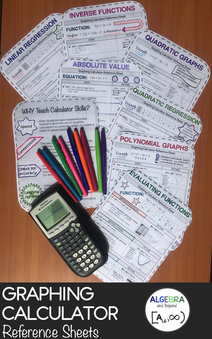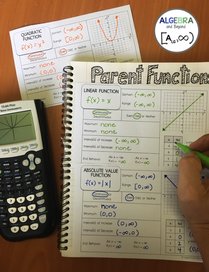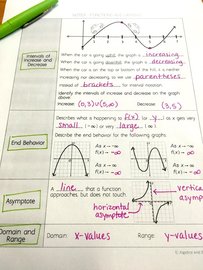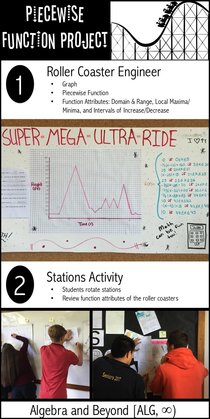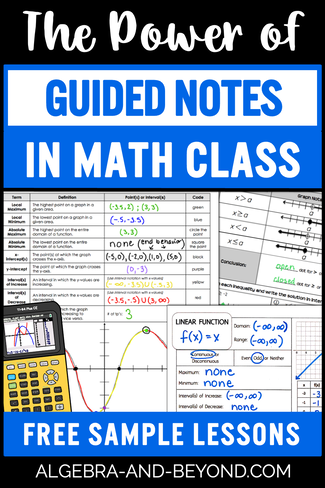 Let's talk about instructional methods in math class. Every educator has their own approach, and you know what? That’s great! There's no one right way to do it! It's all about finding what works best for you and your students. Maybe you already have a method that works, maybe you’d like to tweak it, or maybe you are looking for something different. So, I want to share my journey with you – why my "old" method just wasn't cutting it, and how my "new" approach has totally transformed my classroom. HOW I USED TO TEACHAlright, let's rewind a bit and take a peek at what I used to do in my math classroom, and why, honestly, it just didn't work. So, picture this: the trusty ole' textbook. Now, don't get me wrong, textbooks have their place, but relying solely on them for teaching? It was extremely boring. I found myself endlessly rewriting what was already there in the book, and let's be real, it was about as thrilling as watching grass grow. Plus, all that writing and note-taking? It was sucking up valuable time that could've been spent making math exciting with review activities, games, projects, and all the fun stuff! And don't even get me started on the struggle of keeping absent students in the loop. Without any notes or guidance from class, they were left stranded, trying to piece together what they missed. It just wasn't fair to them, or to me, frankly. HOW I CHANGED MY WAYSNow, let me tell you about the game-changer: guided notes. I started creating them when I was finally fed up with the textbook. Here is what I learned since implementing them in my classroom:
4) Increases Engagement: Guided notes provide the structure and scaffolding my students needed to really grasp the concepts. This naturally keeps students focused and actively involved. 5) Aligned to Standards: They are standards-aligned, too! Because sometimes textbooks just have too much extra stuff. That's right, I can easily adjust or create guided notes to fit whatever standards or objectives we are tackling. Flexibility at its finest. 6) Absent Students: Oh, and remember those absent students? No worries anymore. With completed notes readily available, they can catch up on what they missed without skipping a beat. It is a win-win for everyone. 7) Teach with Confidence: Last but certainly not least, this method helps me teach with confidence. I feel more organized and reassured that my students will comprehend the content I’m teaching in each lesson. Above, I pointed out some of my favorite outcomes from using this teaching style, but the list goes on! WHAT RESEARCH SAYS ABOUT GUIDED NOTESDo you want further information on guided notes? Here are links to articles that support the use of guided notes as a successful teaching method: ARE YOU AN ALGEBRA 2 TEACHER LOOKING FOR GUIDED NOTES?If you are, then you’re in luck! I have created lessons with guided notes for every Algebra 2 concept. You can find all the lessons, units, learning targets, activities, assessments, and more by clicking on the image below: Want to try a few samples? Access my FREE resource library where you can download a few sample lessons AND activities for your math class! READ WHAT EDUCATORS SAY ABOUT MY CURRICULUMAttention to detail is incredible. Multiple opportunities for students to practice skills. Highly recommend product. –Betty M.
Very comprehensive. Videos and notes for so many topics. Very helpful to provide students with an asynchronous resource when not available for class. –Seretha P. This goes above and beyond my wildest expectations! This is so beautifully and thoroughly crafted. Great work! You have saved me hours of frustration. –Dorothy B. I have only one regret and that is that I wish had purchased this curriculum earlier. It is an amazing resource tool. –Maria J. My students found this resource very useful and accessible for their learning. It was easy to integrate with our usual resources & addresses several topic directly that are often missed in other resources. –Riana H. Good resource to use as a whole or to supplement your curriculum. Nicely laid out and easily insertable into your lessons. –Gerri D.
3 Comments
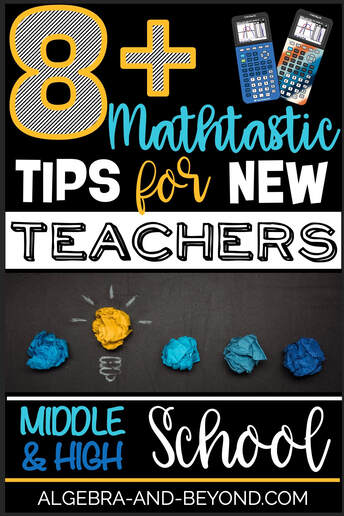 Calling all NEW Middle School and High School Math Teachers!!! I have very important advice for you…the best advice I’m ever going to share…ready for it?! YOU CANNOT DO ALL THE THINGS!!! Yes, it’s in caps because I am shouting it! I remember when I was a first-year teacher and I thought I was going to be the best teacher by creating amazing activities, make every lesson “fun”, get to know each student’s strengths and weaknesses to differentiate for each one, integrate real world projects in every unit of study, follow all the new education trends, etc. I learned pretty quickly that there are only so many hours in a day, and even though I’m a high energy person…I am just one person, and I definitely set my expectations way too high. Quite frankly, even veteran teachers can’t do all the things. I’m not saying throw in the towel for trying to do all the things. What I’m saying is, YOU can’t do all the things yourself, nor all at one time. NOT ALL THE THINGS:
NOT ALL AT ONE TIME: If you are one of those teachers, like myself, that teaches several different grade levels, pick one grade level each year you REALLY want to focus on and improve it. Then, the next year, pick a different grade level. I set up a review cycle of content and implementation goals each year by grade level. It looks something like this: MORAL OF THIS STORY: I’m basically saying this…YOU don’t have to know or do everything yourself, and you absolutely cannot implement it all at one time. Learn from those of us that have been around awhile, and definitely don’t re-invent the wheel. So many amazing ideas and activities are at your finger tips, thanks to the internet. And don't forget to come up with a system for improvements year after year, like my review cycle idea. A little at a time, done well, goes a long way! So, where can you start?FUN ACTIVITIES – get started by using activities from my FREE resource library and my TpT store by clicking on the images below. You can also use our best friends, Google Search and Pinterest to find activities based on each math concept. REAL WORLD PROJECTS & MINI-LESSONS – Desmos Classroom Activities & you can find more in-depth projects in my store. INSTRUCTIONAL VIDEOS – I’ve created a few instructional videos and have several YouTube channels that I love to use with my students. Click on the images below. LEARN FROM OTHERS You can find several tips on my BLOG. I’ve also asked some of my math friends to share their best tips…so here they are:
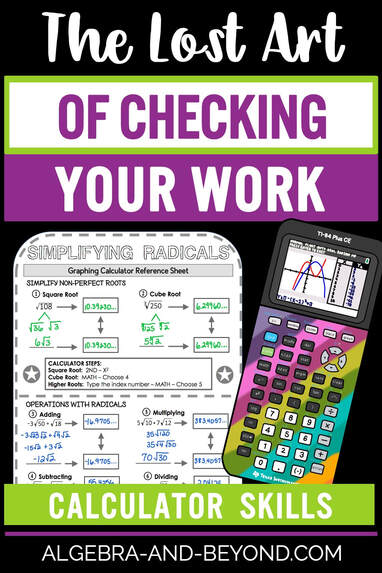 I am a HUGE advocate for teaching students how to use a graphing calculator to check their answers. In fact, it’s probably one of the MOST important skills I’ve taught my students. Yes, I know…being able to find a solution algebraically is extremely important, and of course, I teach them that. And, of course, I require them to show their work. BUT, when they turn in an assessment, I want them to be confident that their answers are correct. Feedback is extremely helpful, and by using the graphing calculator it can be instant! You know, I probably should have titled this post “The Lost Art of Checking Your Answers”. Sometimes I simply don’t understand why students don’t check their answers?!?! I know that some students are just too “lazy” to check, algebraically. Yes, I said it! BUT, at they could at least use their calculator to confirm or disaffirm their answer. Just think, if students were able to check every problem BEFORE they turn in their work? Then, they would know immediately if they have an answer right or wrong…and if wrong, they can fix it! There are soooooo many math topics that students can use the calculator to check their answers. Here are just a few ways:
Do you want to make it easier for your students to navigate the TI-84 graphing calculator? Watch my video that covers some tips and tricks you may not know about the TI-84. You will also learn some great ways for students to check their algebraic answers using the calculator, as well as unique ways to graph. After all, calculators are only as smart as their user! To watch the VIDEO and receive FREE Graphing Calculator Reference Sheets, click on the image below: If you are looking for a complete bundle of all of my TI-84 or TI-Nspire calculator sheets, to help your students easily maneuver though the calculator, you can click on one of the images below: These sheets will help you integrate calculators into your lessons as a central tool in developing students’ mathematical connections, conceptual understanding, and procedural fluency. 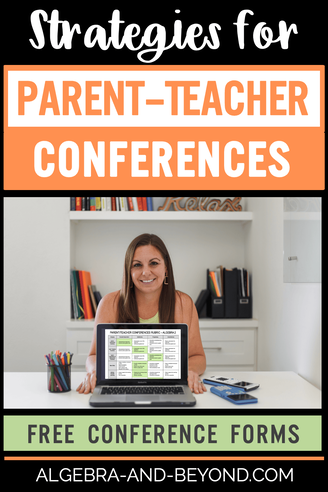 I want to preface this post with the fact that there isn’t a one-size-fits-all strategy for how to conduct parent-teacher conferences. There are MANY ideas and methodologies that have been used by all levels of teachers. It is important to choose the best method that works for YOU. I’d like to share a strategy that worked for me and can be used to help you set up your parent-teacher conferences. I have included two FREE templates for you to use to prepare for parent-teacher conferences. Begin by using the SET IT UP template to decide WHAT you want to achieve during the conference and HOW you want to achieve it. This handout can be used digitally by typing in your content or if you are a paper/pencil person, you can print and complete it that way. CREATE A GOALDecide the important topics you want to share and/or discuss during the conference. Let’s face it, you simply cannot cover everything you want to during the conference. My conferences were always set for 15 minutes, so I had to pick and choose 3-5 areas I wanted to discuss to give the parent/guardian a good picture of their child’s progress. CHOOSE A METHODI find having some kind of form filled out prior to the conference helps keep the meeting focused. I prefer a RUBRIC in which I fill out for each student that includes the level of understanding for the units of study for the semester, work ethic, attitude towards learning, and attention. This has been by far the best thing I’ve done for having successful parent-teacher conferences! I usually print the rubric and highlight each area, so parents/students can leave with a hard copy. But, you can also share each rubric with them virtually by sharing your screen and/or via email. Click on the image for an editable version of this rubric. ATTENDANCEI used to only meet with the parent/guardian, but one year I changed it so that the student had the option to attend. I found that students enjoyed hearing about their progress and the good things they were doing in class. It was also helpful for them to be part of the honest conversation on areas they could improve. I truly think who attends varies on each teacher’s situation, so again, do what is best for YOU. EXECUTE YOUR PLANWhat needs to be prepared in advance? For me, I filled out a rubric for each student and made a checklist of appointments to keep the meetings efficient and on time. During the conference, I explain each area of the rubric and give a few examples. Parents were also happy to walk away with something they could reflect on with their child. REFLECTIONSI am the type of person that always wants to improve! I am constantly analyzing lessons, projects, activities, etc., so of course I want to reflect on how I set up and execute my conferences to make them even better the next time. Using the SET IT UP document helps me plan for conferences each year and having a RUBRIC I can edit for each quarter/semester helps me make the necessary adjustments for each conference. Here are some other strategies my fellow mathtastic friends have used with their students:
TEAM APPROACH by Math Giraffe Work together as a team to prepare for each conference. Students do self-evaluations that they present to parents alongside the teaching team's evaluation. Homeroom teachers act as representatives of the entire teaching team, while students take accountability and share input about any discrepancies / similarities between the two forms. (free download included)
We hope you find these
parent-conference strategies helpful! 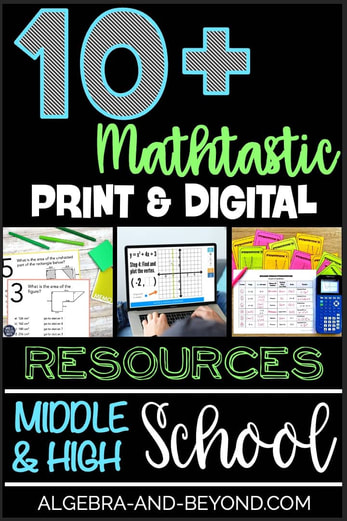 Have you had a few school days when you wake up to find out you are teaching virtual today instead of in-person learning? And then think…NOOOOOO, I had the BEST activity planned today! This is becoming more and more common. It causes teachers stress, disruption to learning, and overall, is very frustrating. Well, guess what?! I have some MATHTASTIC resources to share with you that you can either use in-person OR virtual because they are printable and digital. That’s right, with ONE resource you have access to both versions, which means you can switch from in-person teaching to virtual (and vice versa) and continue with your original lesson plans. Start using these resources today to save yourself the frustration of having to change your lesson last minute! ALGEBRA AND BEYOND PRINT & DIGITAL RESOURCES:REAL WORLD PROJECTS – Are you out for a few days and need students to do independent work? These projects are perfect! Students learn how to connect what they learned in class with real world scenarios. BATTLE MY MATH SHIP – Students love this spin on the classic game of Battleship! Students try to sink their opponents' ships by solving math problems. Perfect partner activity to review any math topic. Set them up in a breakout room and away they go! Over 70 battleships to choose from! NAME THAT FUNCTION – Working with functions? Great! These activities help students critically think about graphs and their attributes. These were the best for when I had half my class in person and half virtual because students could discuss and learn together no matter their location. ALGEBRA LESSONS WITH VIDEOS – Teaching a new topic today? No problem. These lessons can be shared with your students via a password protected site. They include a video warm-up, guided notes, and homework. You can demonstrate the learning in Zoom or use some of the FREE pre-recorded videos you will find here: INSTRUCTIONAL VIDEOS MORE MATHTASTIC PRINT & DIGITAL RESOURCES: |
| GEOMETRY TASK CARDS from Kacie Travis – Task Cards are great for independent or collaborative work! They are also a fun station activity. These can also be assigned digitally for another helpful option! Read more about these task cards HERE. |
| STATIONS MAZE from Mrs. E Teaches Math – Stations mazes are great because they get students up and moving around the room. They also encourage students to check their work carefully since an incorrect answer will eventually send them back to a problem they have already solved. A digital version is included for absent students. |
| BOOM CARDS from Kate's Math Lessons – Your students will LOVE getting instant feedback with these digital task cards! In a nutshell, Boom Cards are interactive, self-checking activities. Students are shown one question at a time and get immediate feedback on their answers. Boom Cards can also be printed if you prefer paper task cards for stations, games, or scavenger hunts. Read more about these activities HERE. |
| MINI MYSTERIES from Lauren Fulton –Who doesn’t love a good mystery? With Mini Mysteries, students use standards-based math problems to solve murder mysteries! Each mystery comes with a mystery story, clue sheet (AKA, math problems that don’t feel like math problems), and a class set of suspect cards. As students work their way through the clue sheet, they narrow down the suspect list to find the guilty suspect! Print & digital versions come in each set. |
| OLD MATH GUY from Free to Discover - Engage your math students in interactive matching activities TWO different ways! Students play Old Math Guy (think Old Maid) in small groups. “Matches” are mathematical matches between 2 cards (ie 2(x+4) and 2x+8). Need a digital solution? The same cards can be used to complete an individual drag-n-drop practice activity in Google Slides. |
| PRINT AND DIGITAL MATH PUZZLES from Scaffolded Math and Science – Each set of math puzzles comes in both print and digital form. The digital versions are drag-and-drop in GOOGLE Slides. The puzzles make for engaging classwork, station activities, partner work and review. |
We hope these print and digital resources help you teach in-person and virtual!
Hello there,
I'm TYRA!
I'm an educational blogger and curriculum designer. I am enthusiastic about providing creative, comprehensive, and clear resources for middle and high school math teachers. My goal is to create content that is easy to implement for the teacher, and helps students Connect Knowledge with Understanding - One Lesson at a Time.
Looking for something specific?
FIND ME HERE
Categories
All
Favorite Classroom Things
Free Stuff
Graphing Calculator
Math Activities
Math Projects
Math Warm Ups
Real World Math
Teacher Tips
Archives
July 2024
April 2024
January 2024
December 2023
October 2023
April 2023
February 2023
January 2023
November 2022
September 2022
June 2022
April 2022
February 2022
January 2022
September 2021
May 2021
October 2020
August 2020
June 2020
January 2020
November 2019
August 2019
February 2019
November 2018
October 2018
September 2018
April 2018
March 2018
February 2018
January 2018
December 2017
November 2017
September 2017
August 2017
May 2017
April 2017
March 2017
February 2017
January 2017
December 2016
FOLLOW ME
RESOURCES
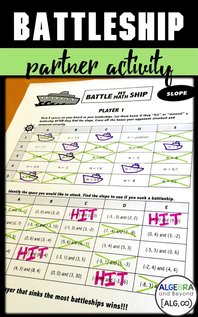
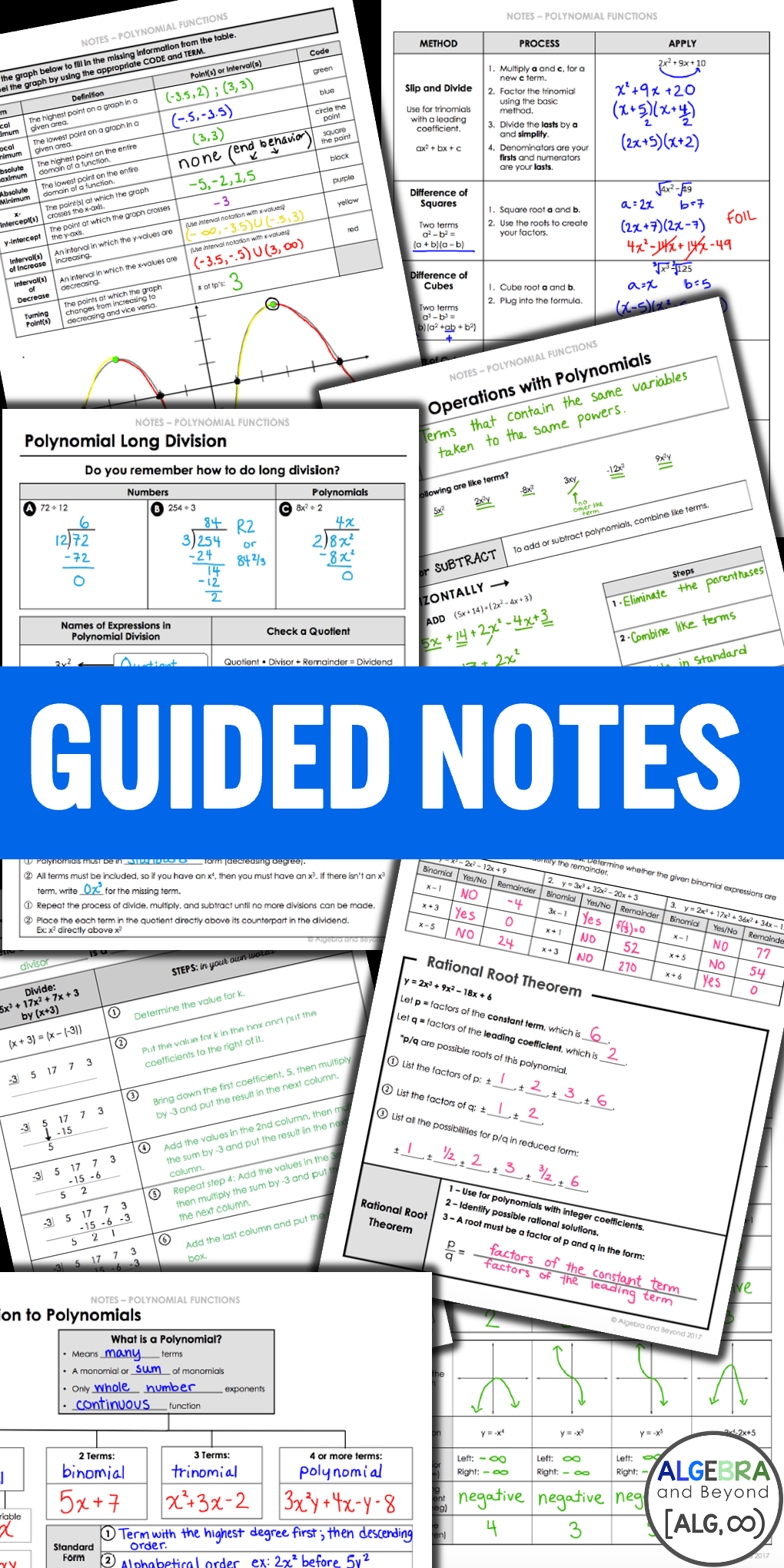
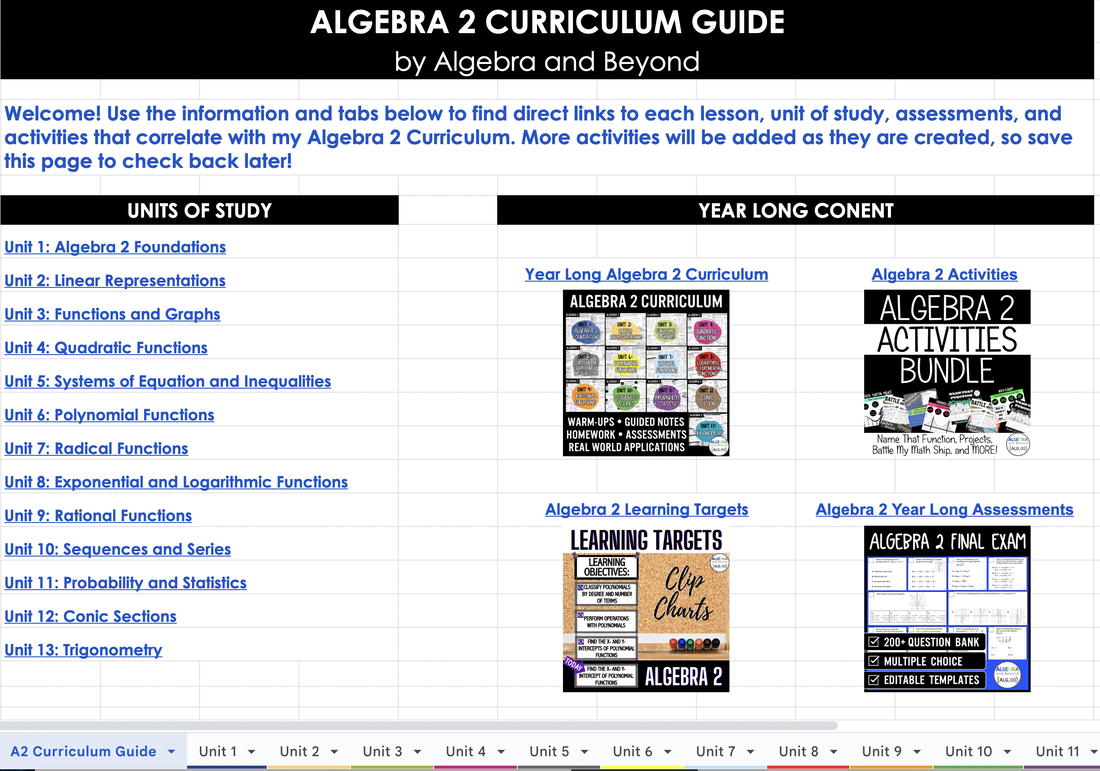
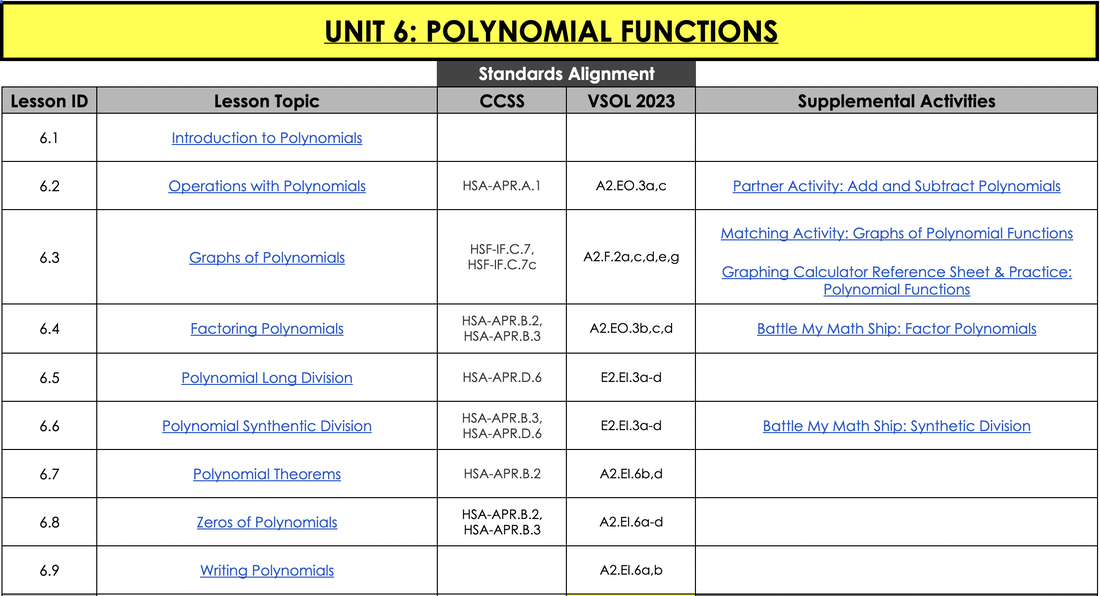

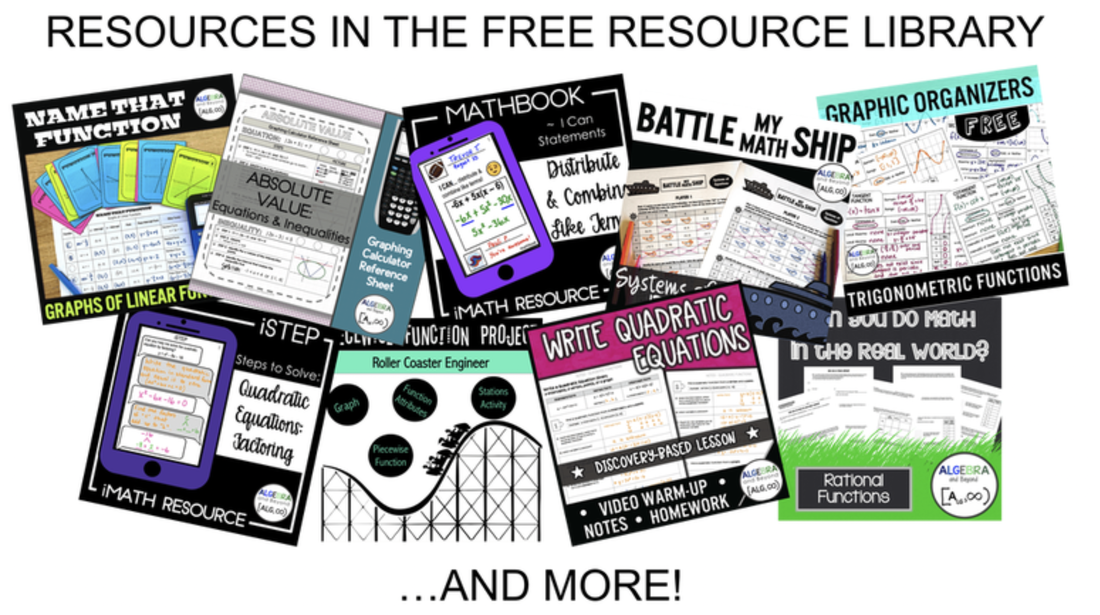
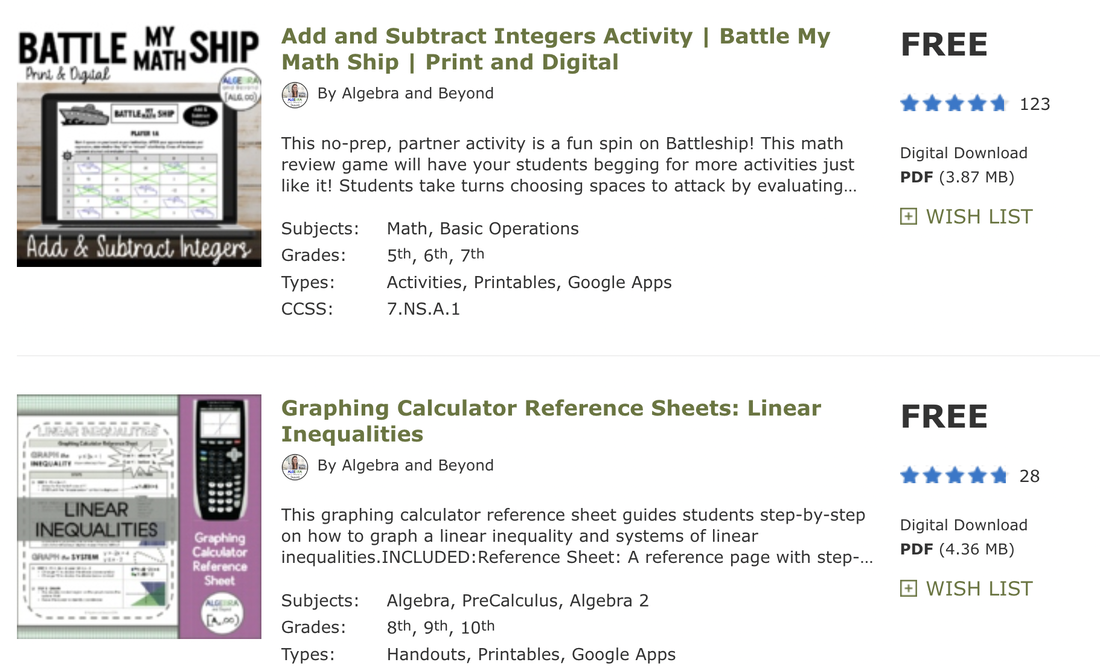

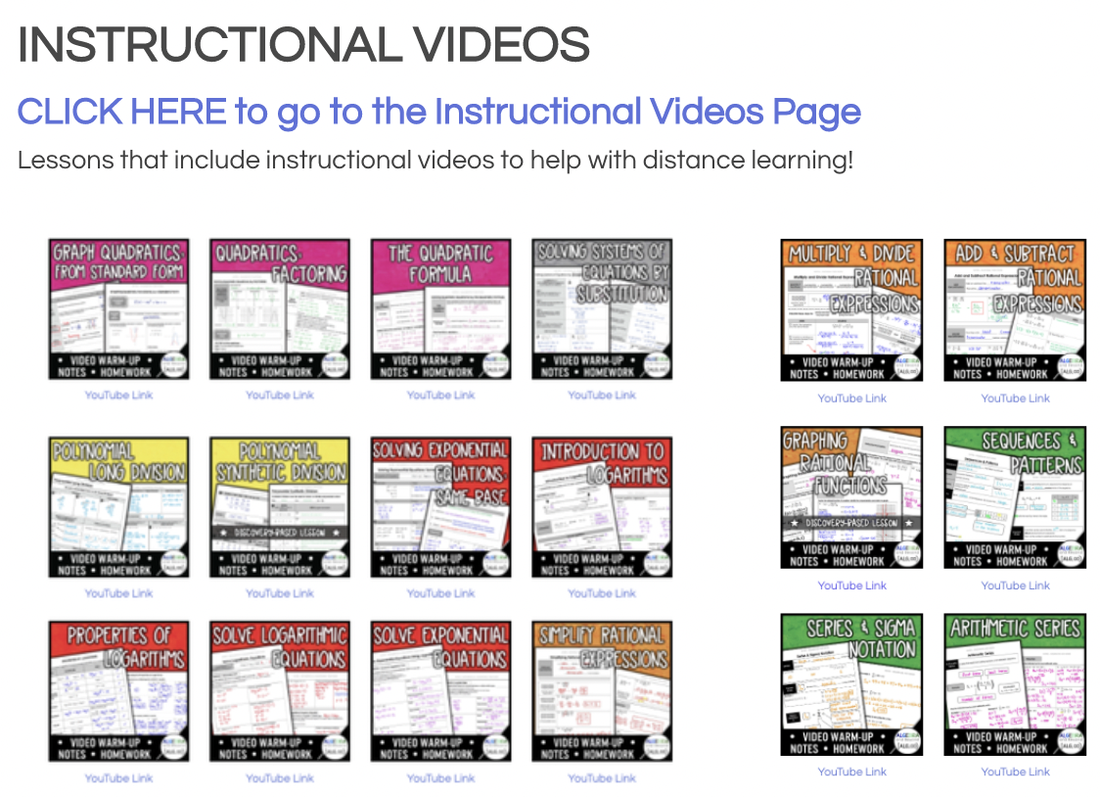
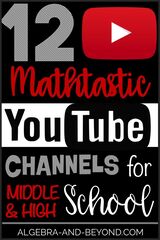

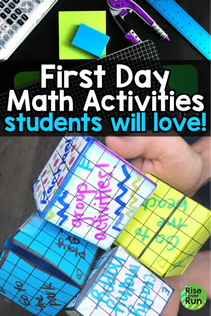
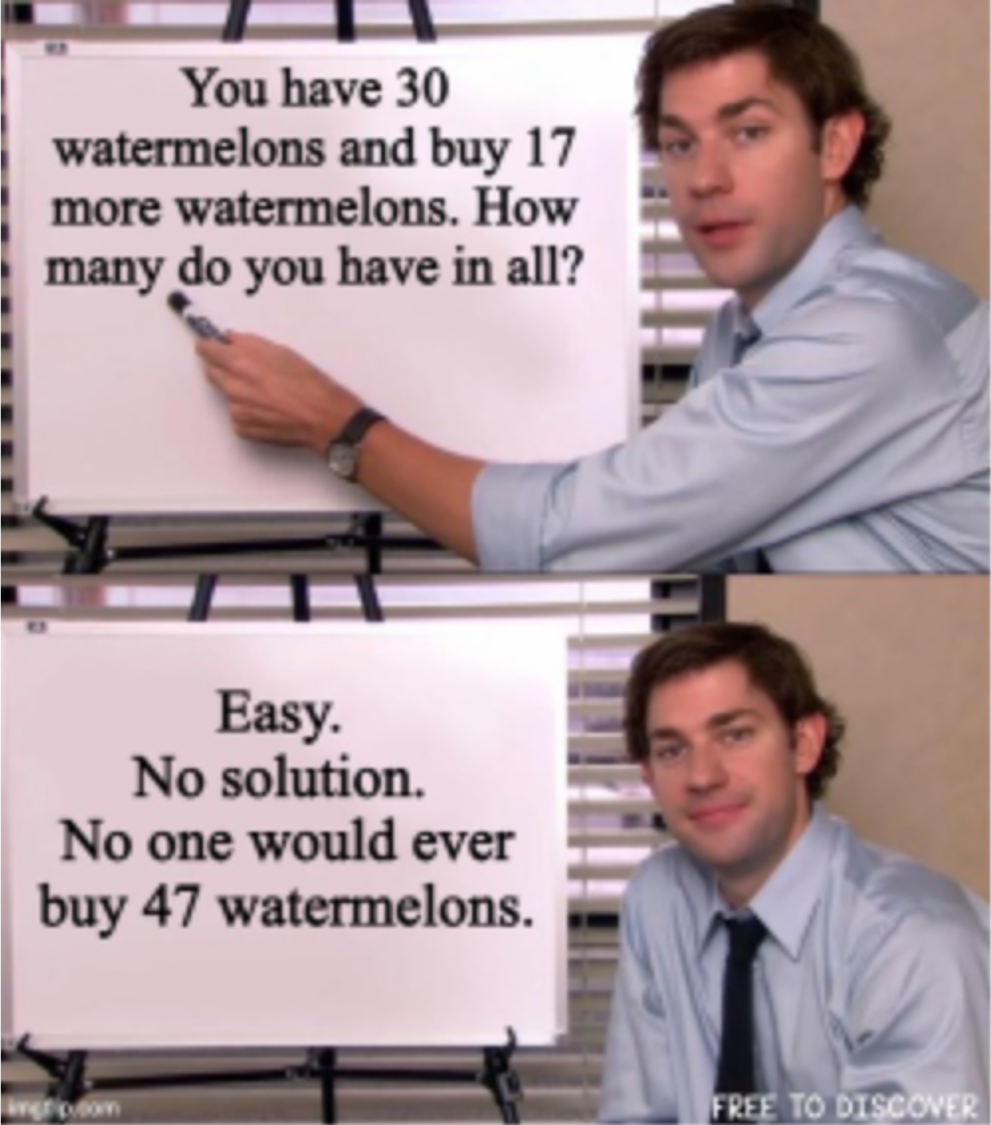
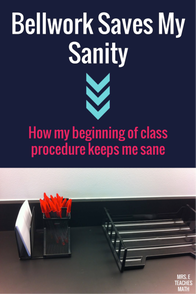
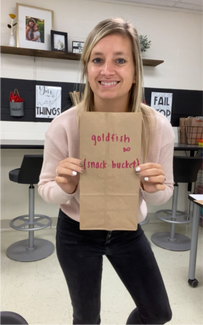
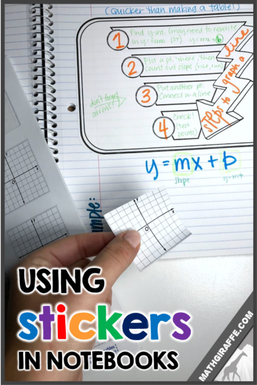
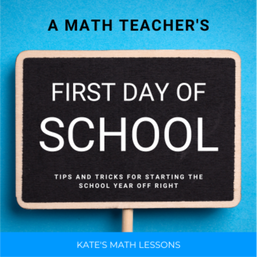
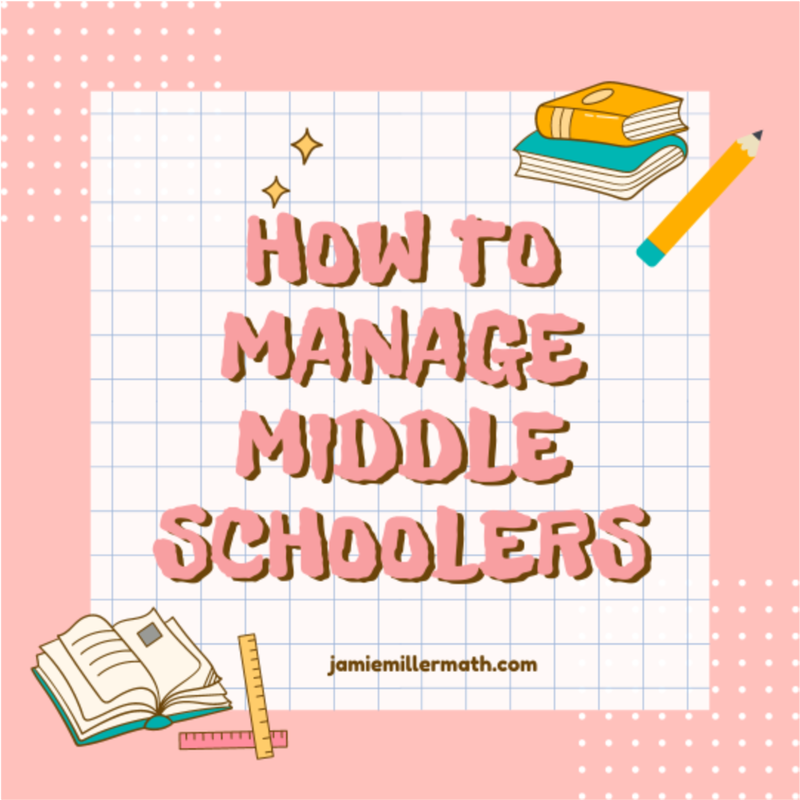
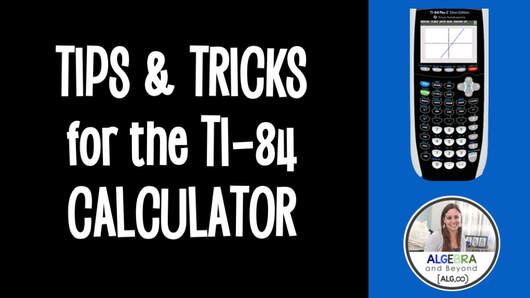
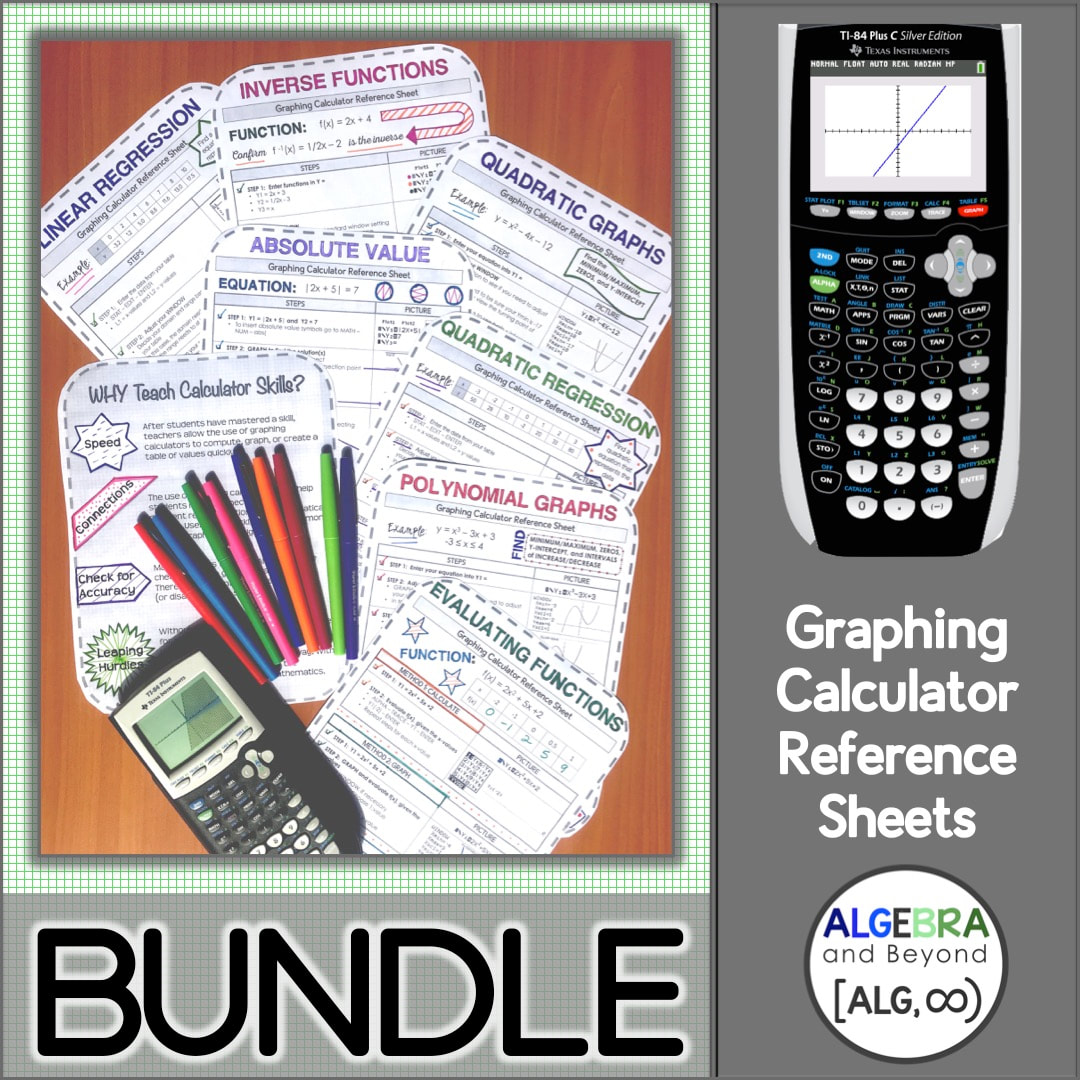
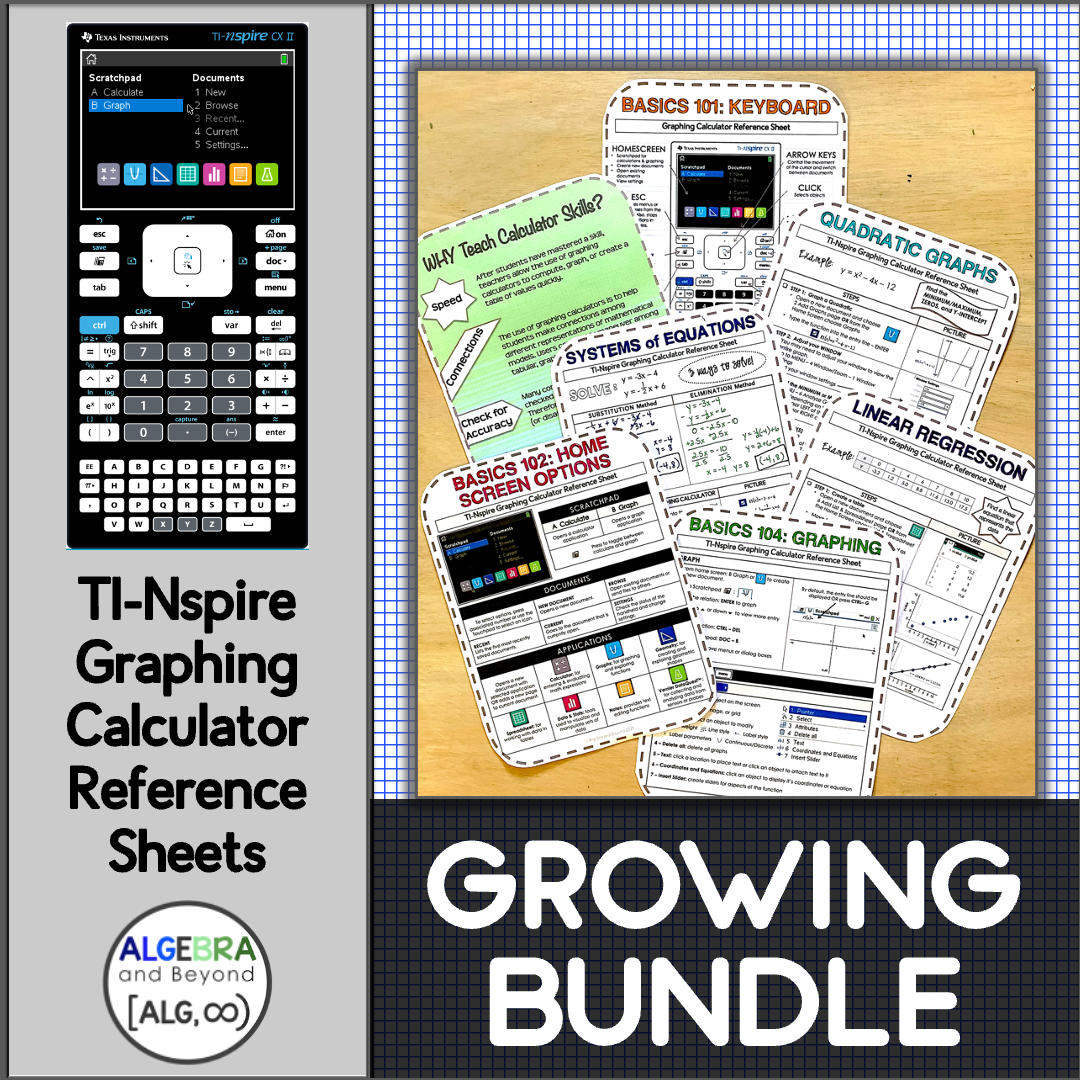
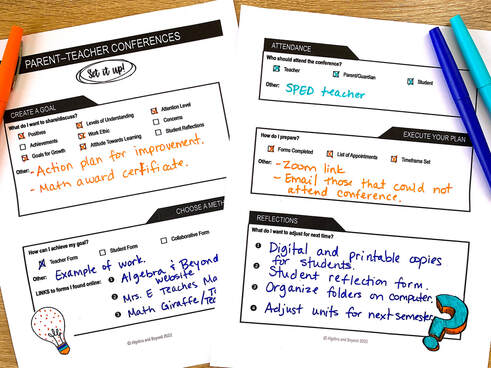
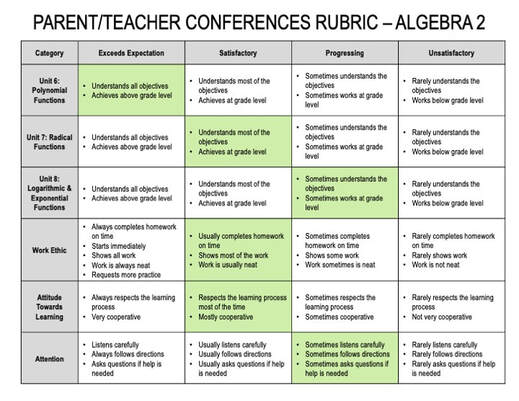
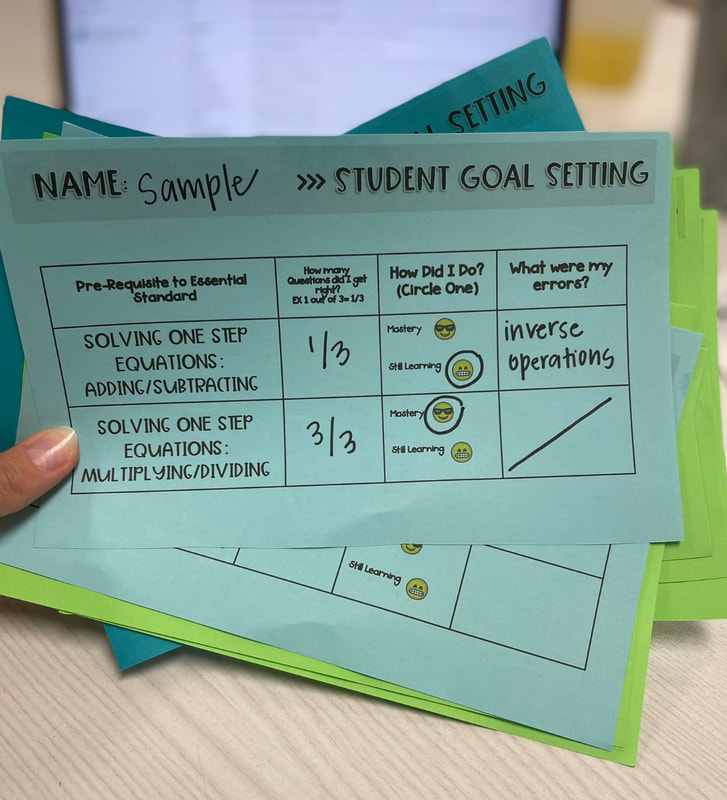
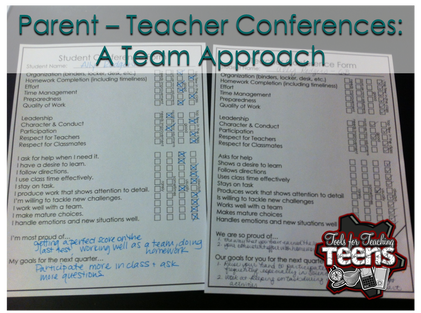

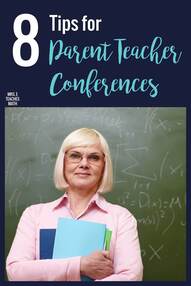
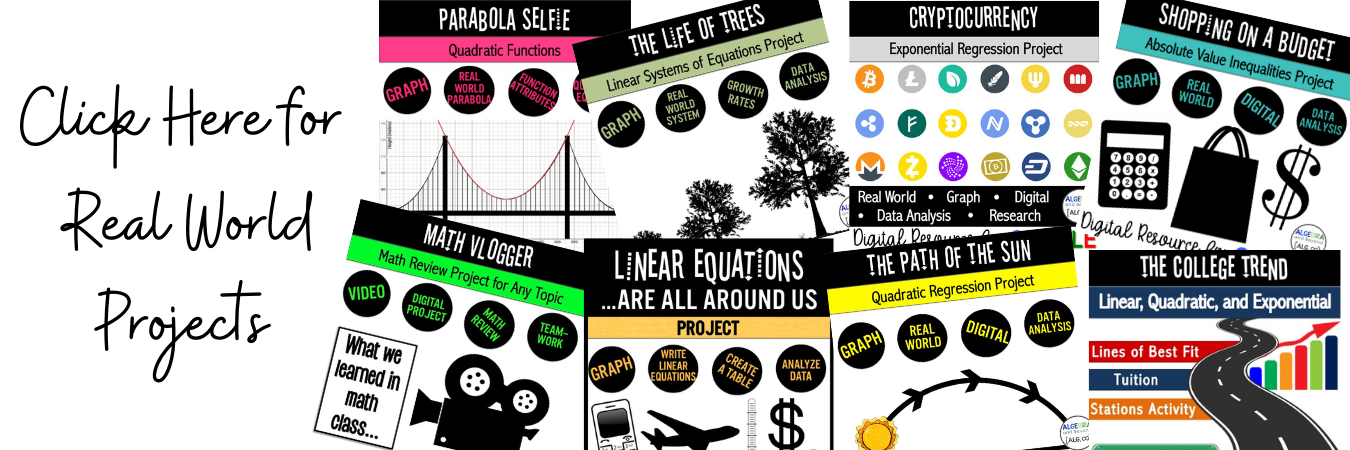
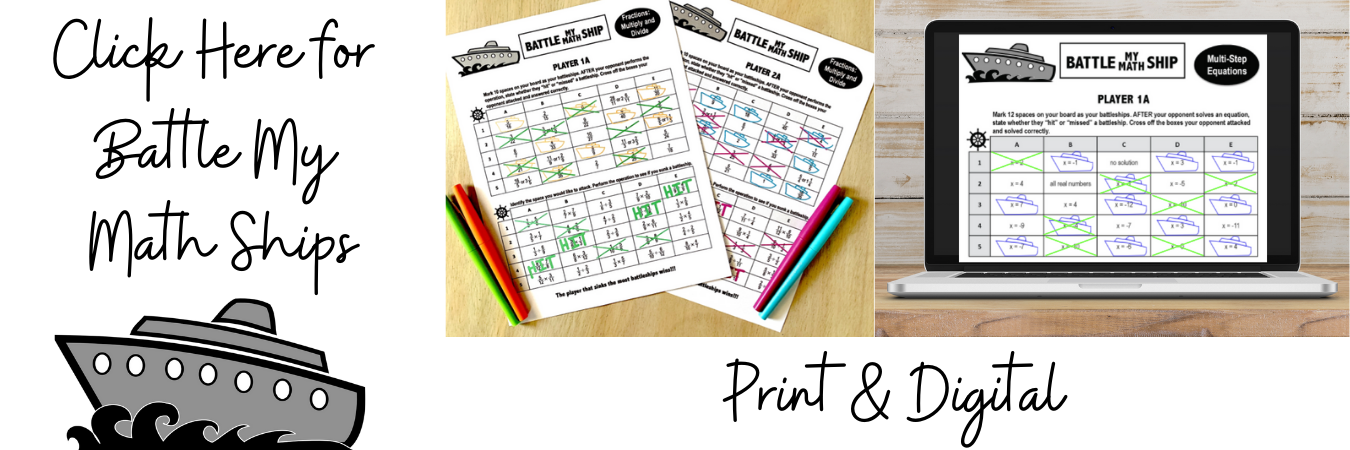
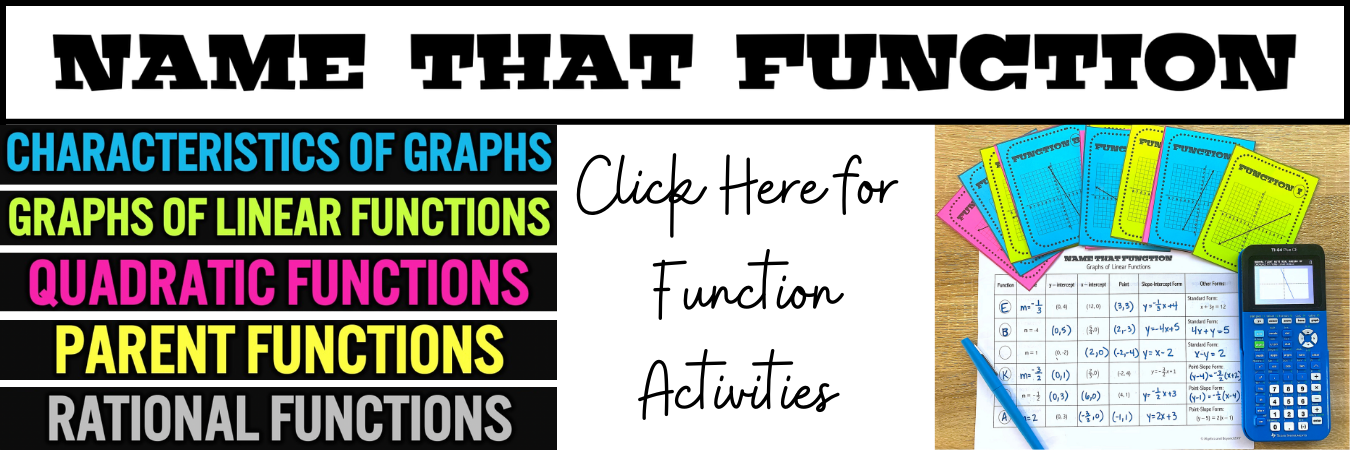
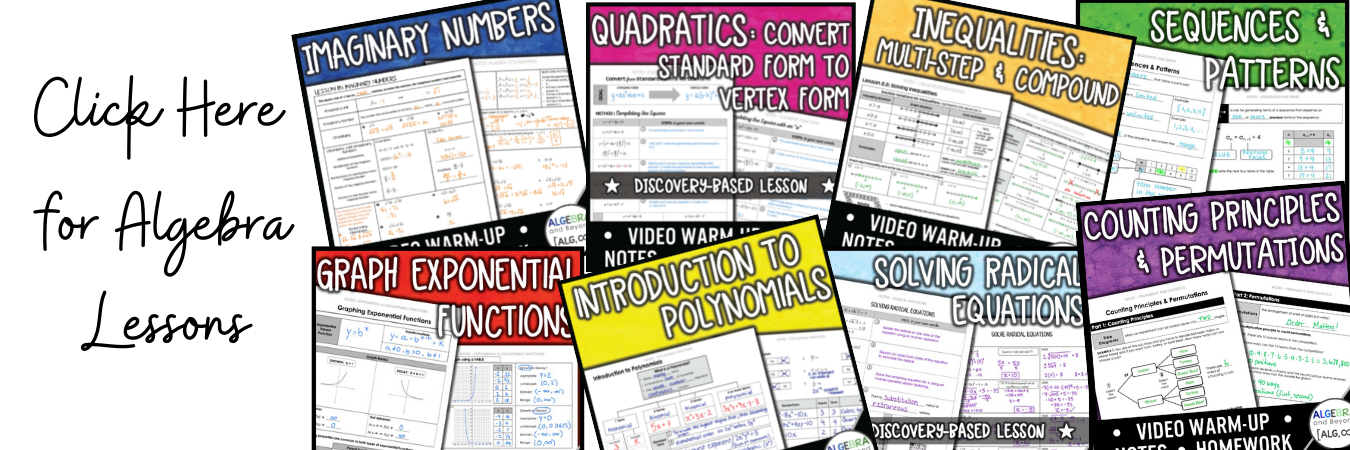

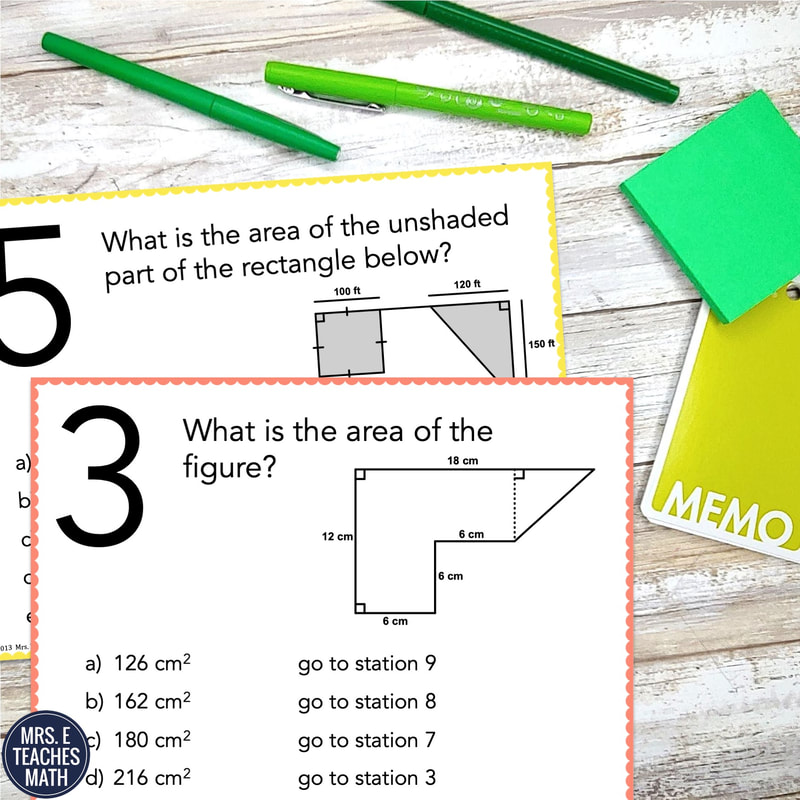

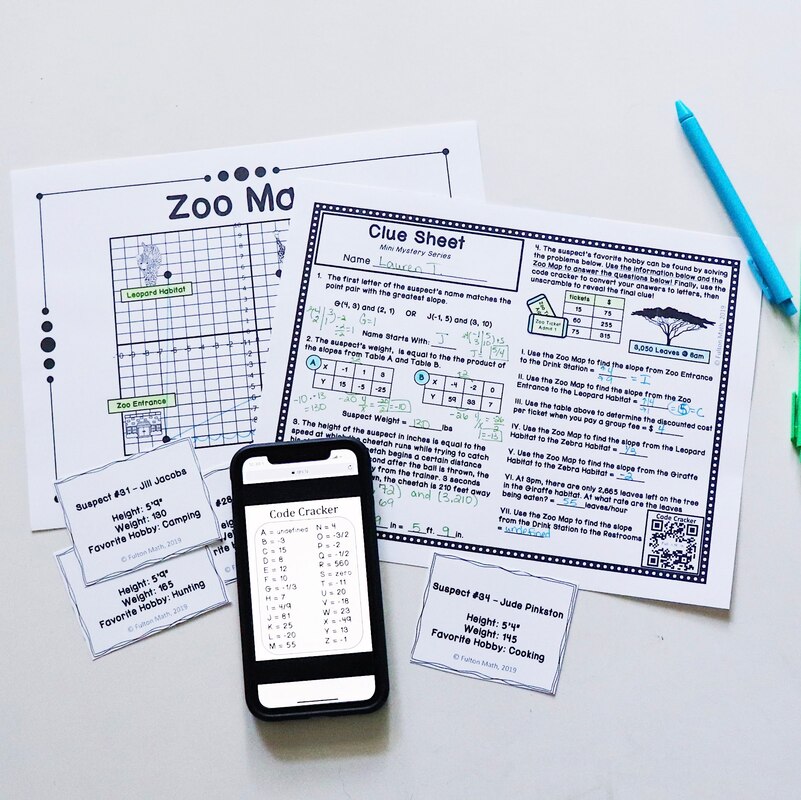
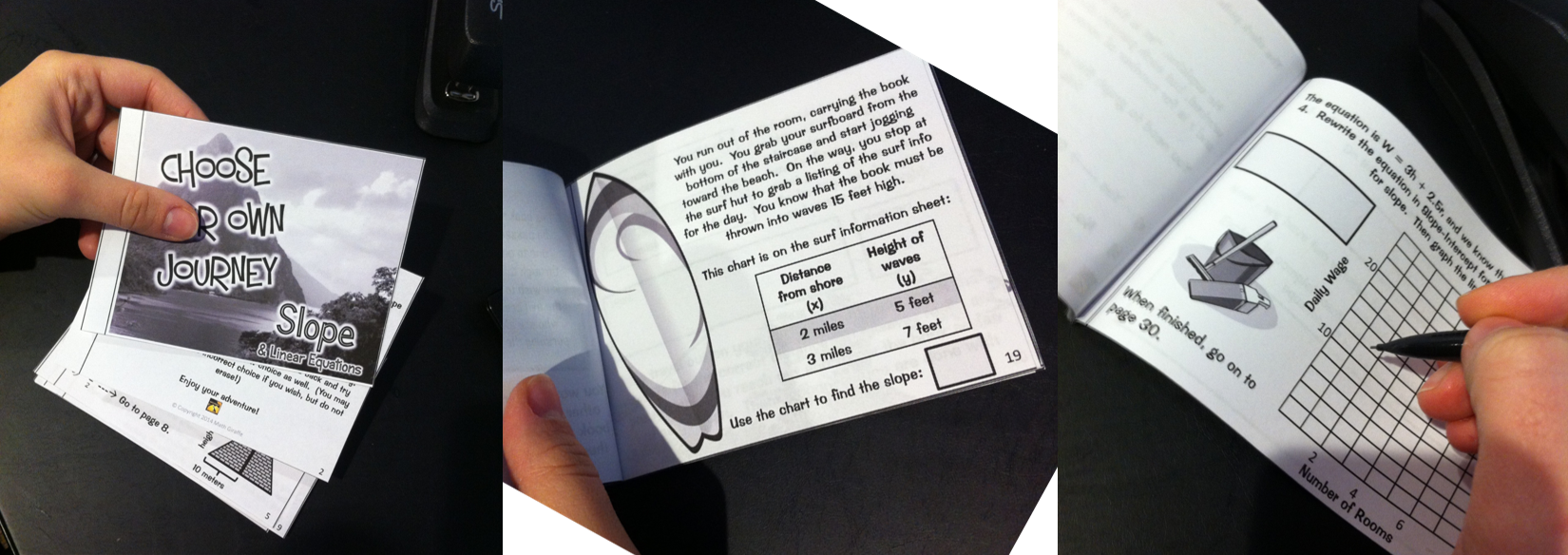
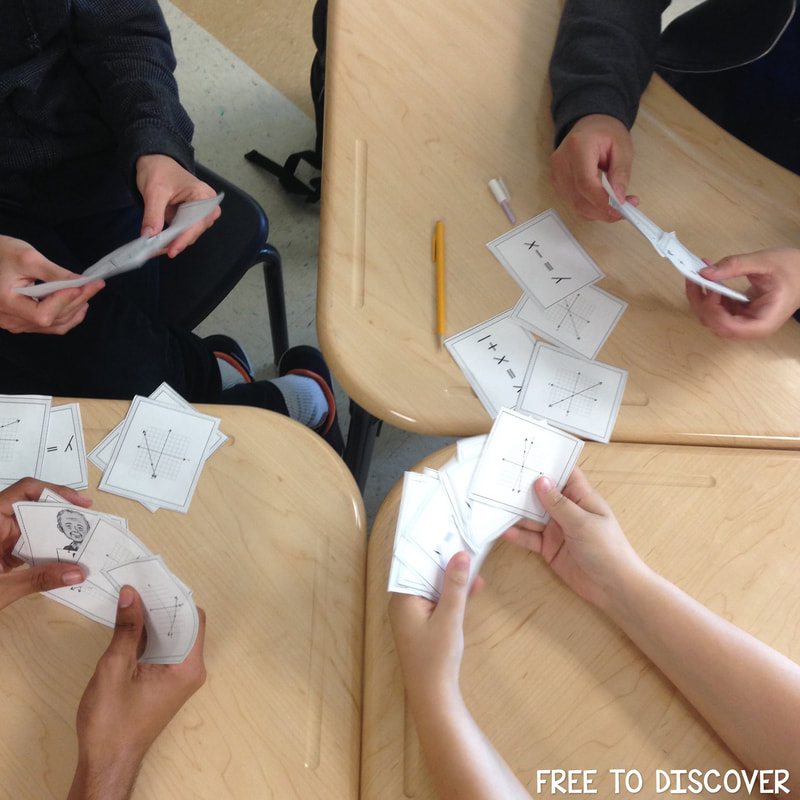
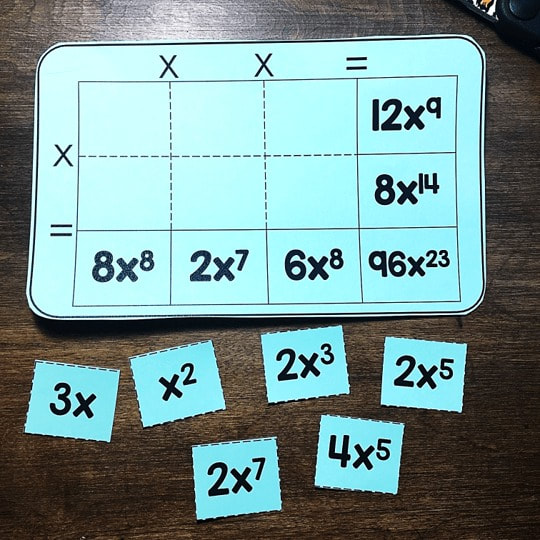
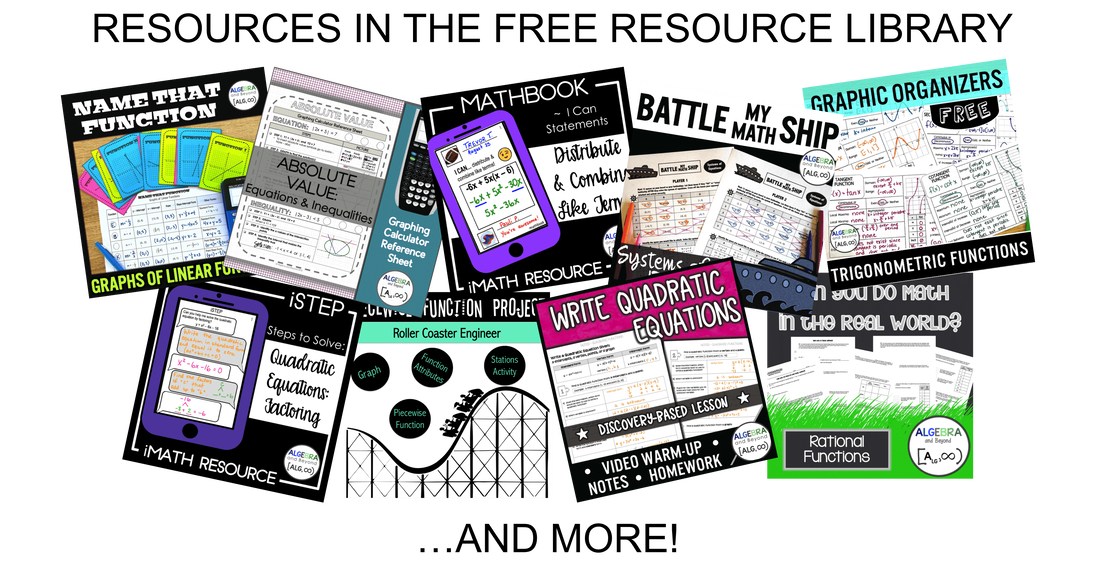





 RSS Feed
RSS Feed


